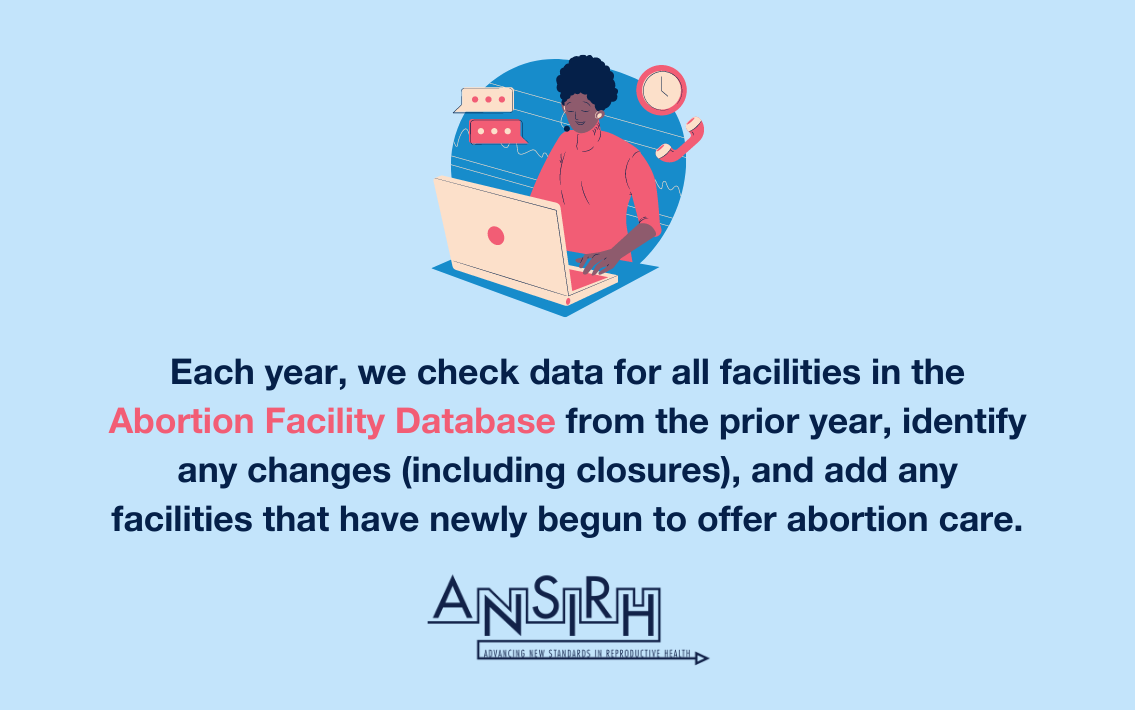Limited information exists on the total out-of-pocket charges for an abortion without insurance coverage. Now, ANSIRH researchers have provided an in-depth look at trends of abortion cost using data for all 50 states and DC, from 2017 through 2020.
Historically and presently, the U.S. government and many states have enacted restrictions—like the Hyde Amendment—on federal funding for abortion. As a result, most people pay out-of-pocket for their abortions. We examined the total out-of-pocket charges for 3 abortion types: medication abortion, first-trimester procedural, and second-trimester abortions, as well as facility acceptance of health insurance from 2017-2020. We found that charges for first-trimester abortions are increasing and acceptance of health insurance is declining, a troubling trend for those who face financial barriers to abortion.
Key Findings
Study Design

We used data from ANSIRH’s abortion facility database, which includes data on publicly advertising abortion facilities and was updated every summer between 2017 and 2020. Through web searches and calls, we documented data on each abortion facility, including location, types of abortions offered, self-pay charges for medication abortion, first-trimester procedural abortion, and second-trimester abortion, and whether the facility accepted any type of insurance for abortion care.
Implications
In 2021, President Joe Biden introduced a 2022 budget that completely omitted the Hyde Amendment, but the increase in both cost and state-level restrictions on the use of insurance for abortion continue to cause financial challenges for clinics and patients. History and science both show that a lack of financial resources can create an overwhelming barrier to abortion, especially for Black women, people of color, and people living on low incomes. Based on the findings of this study, we recommend that public and private insurance reimbursement rates must be increased to reflect actual abortion facility costs, so that these facilities are more willing to accept insurance. Expanding public insurance coverage of abortion in more states will also be necessary to reduce financial burdens on those who are most economically vulnerable.
“Increasing costs for the abortion are occurring as more states restrict access to abortion, which means higher patient travel costs for abortion.”
The article, Trends In Self-Pay Charges And Insurance Acceptance For Abortion In The United States, 2017–20, is available in Health Affairs.
